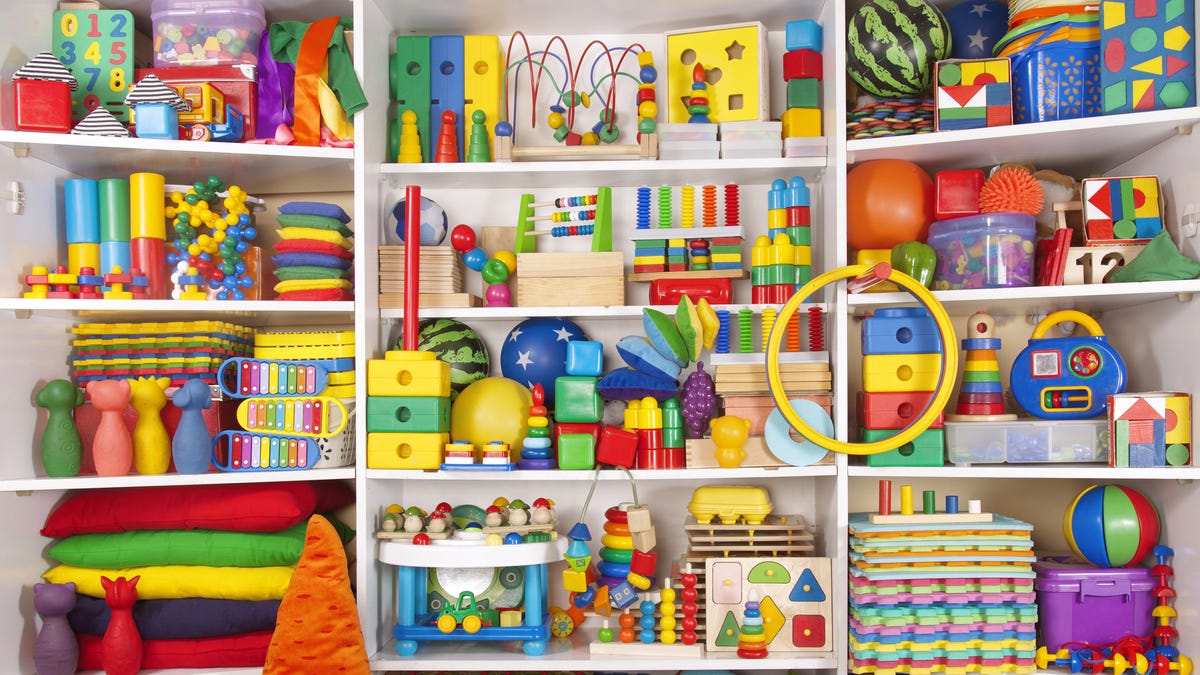

Articles
How To Store Toys
Modified: March 2, 2024
Looking for articles on how to store toys? We've got you covered with expert tips and advice to keep your children's toys organized and tidy.
(Many of the links in this article redirect to a specific reviewed product. Your purchase of these products through affiliate links helps to generate commission for Storables.com, at no extra cost. Learn more)
Introduction
When it comes to keeping your home organized and clutter-free, proper toy storage is essential. Whether you have children of your own or frequently have young visitors, toys can easily accumulate and create chaos if not properly organized. In this article, we will explore the importance of toy storage and provide useful tips and strategies for storing toys effectively.
Proper toy storage serves several important purposes. Firstly, it helps to maintain a clean and tidy living space. By having designated storage solutions for toys, you can prevent them from being scattered all over the house, creating a sense of order and promoting a more serene environment. Secondly, well-organized toy storage makes it easier to find and retrieve specific toys when needed, saving time and energy. It also helps to protect toys from damage and prolong their lifespan, as they are stored safely and protected from dust, dirt, and potential accidents.
Before diving into toy storage solutions, it is important to assess your specific toy storage needs. Start by taking inventory of the toys you have and categorize them based on size, type, and frequency of use. This will give you a clearer idea of the amount and types of storage solutions you will require.
Key Takeaways:
- Proper toy storage is crucial for maintaining a clean, organized, and safe living space, promoting a sense of order and calm, and ensuring the longevity of toys while fostering child development.
- Assessing specific toy storage needs, organizing small and large toys effectively, and prioritizing safety considerations are key elements in creating a well-organized and safe toy storage system.
Read more: How To Store Collectible Toys
Why Proper Toy Storage is Important
Proper toy storage is more than just a matter of keeping your home organized. It plays a crucial role in promoting the overall well-being and development of children, as well as ensuring the safety of everyone in the household. Here are some key reasons why proper toy storage is important:
- Promotes a Safe and Clutter-Free Environment: Without proper toy storage, toys can quickly accumulate and create clutter, presenting a potential hazard for trips, falls, and accidents. By having designated storage areas for toys, you can keep the living space clear and prevent accidents.
- Teaches Responsibility and Organization Skills: Teaching children to put their toys away after playtime not only helps keep the house tidy, but also instills a sense of responsibility and organization in them. It teaches them the value of taking care of their belongings and maintaining order in their surroundings.
- Preserves the Life of Toys: Proper storage helps protect toys from damage or loss. By keeping toys in designated containers, you can prevent them from getting stepped on, crushed, or lost. This ensures that the toys last longer and can be enjoyed for a longer period of time.
- Encourages Rotating and Refreshing Toy Collections: With proper toy storage, you can easily rotate and refresh the toys that are available for play. This helps to stimulate children’s creativity and imagination, as well as prevent boredom from playing with the same toys constantly.
- Promotes Cognitive Skills: Having an organized toy storage system helps children develop cognitive skills such as categorization, sorting, and problem-solving. By categorizing toys based on type, they learn to identify similarities and differences, enhancing their cognitive abilities.
- Facilitates Independent Play: When toys are stored in clear, accessible containers, children can easily find and retrieve them on their own. This promotes independence and encourages them to engage in self-directed play, fostering creativity and imagination.
By recognizing the importance of proper toy storage, you can create an environment that is conducive to safety, organization, and child development. In the following sections, we will explore different toy storage solutions and strategies to help you keep your home tidy and your children’s toys well-maintained.
Assessing Your Toy Storage Needs
Before diving into the various toy storage solutions available, it is important to assess your specific toy storage needs. This will help you determine the amount and types of storage solutions required to effectively store and organize your children’s toys. Here are some factors to consider when assessing your toy storage needs:
- Size of Toy Collection: Start by taking inventory of the toys you have. Determine how many toys you have and categorize them based on size, type, and frequency of use. This will give you a clear idea of the amount of storage space you will need.
- Available Space: Consider the available space in your home for toy storage. Measure the dimensions of the area where you plan to store the toys. This will help you determine the size and dimensions of the storage solutions that will fit within the space.
- Type of Toys: Take into account the different types of toys you have. Some toys, such as small building blocks or art supplies, may require storage containers with compartments or dividers to keep them organized. Others, like stuffed animals or large ride-on toys, may require larger storage solutions.
- Accessibility: Think about how easily accessible you want the toys to be. Consider if you want open shelves where toys are within reach, or if you prefer closed storage options to keep toys hidden. Accessibility is especially important if you have younger children who may need help reaching certain toys.
- Longevity of Storage Solutions: Consider the longevity of the storage solutions you choose. Are you looking for temporary storage options that can be easily changed or rearranged? Or do you prefer more permanent and durable storage solutions that can withstand years of use?
- Budget: Set a budget for your toy storage needs. Determine how much you are willing to spend on storage solutions. This will help you narrow down your options and choose storage solutions that are within your budget range.
By carefully assessing your toy storage needs, you can make informed decisions when choosing the right storage solutions for your home. In the next section, we will explore various types of toy storage solutions and discuss their pros and cons to help you make the best choice for your situation.
Choosing the Right Storage Solutions
When it comes to toy storage, there are various storage solutions available to suit different needs and preferences. Choosing the right storage solutions is essential to effectively organize and store your children’s toys. Here are some popular options to consider:
- Toy Bins or Baskets: Toy bins or baskets are versatile and come in various sizes, designs, and materials. They are great for storing and organizing small to medium-sized toys. Choose bins with handles for easy transport and labels to identify the contents of each bin. Stackable bins help to maximize storage space and keep toys easily accessible.
- Open Shelves: Open shelves provide visible and accessible storage. They are ideal for displaying toys and making them easily reachable for children. Use bins or baskets on the shelves to categorize and organize toys. Adjustable shelves allow for customization based on the size and type of toys you have.
- Toy Chests or Trunks: Toy chests or trunks are larger storage solutions that can hold a substantial number of toys. They offer a hidden storage option, keeping toys out of sight when not in use. Look for chests or trunks with safety hinges to prevent accidental finger or hand injuries.
- Wall-Mounted Organizers: Wall-mounted organizers, such as hanging bags or pockets, are a space-saving solution. They can hold small toys, art supplies, or even shoes. Hang them at a child-friendly height for easy access. Consider clear pockets or labeled sections for easy toy identification.
- Cube Storage Units: Cube storage units are versatile and customizable. They feature individual cubbies that can hold toys of various sizes. Use fabric or woven baskets to store and organize toys in each cube. Label the baskets to easily identify the contents.
- Under-Bed Storage: Utilize the space under beds for toy storage. Use low-profile bins or rolling drawers designed for under-bed storage. This is a great option for storing larger toys or seasonal items that are not frequently used.
When choosing the right storage solutions, consider the specific needs of your toy collection and the available space in your home. Opt for solutions that are practical, durable, and visually appealing. It is also helpful to involve your children in the decision-making process, as they can provide input on their preferences and easily understand where their toys are stored.
Remember, toy storage solutions can be combined to create a customized system that works best for your home. Mix and match different storage options based on your needs and available space. In the next sections, we will delve into specific strategies for organizing small toys and storing large toys.
Organizing Small Toys
Small toys can easily become lost or scattered throughout the house if not properly organized. Here are some helpful strategies for organizing small toys:
- Sort and Categorize: Start by sorting small toys into categories. This could be based on type (such as action figures, cars, or dolls) or theme (such as animals, superheroes, or princesses). By categorizing the toys, you can easily identify the appropriate storage solutions needed for each category.
- Use Dividers or Compartments: Small toys can be kept organized by using storage containers or drawers with dividers or compartments. This helps prevent them from getting mixed together and makes it easier to find a specific toy. Consider adjustable compartments that can be customized to accommodate toys of different sizes.
- Label Containers: Labeling containers or drawers is crucial for easy identification of small toys. Use labels or picture labels to help children identify which toys go in which container. This encourages them to put toys away in the correct place and makes cleaning up much simpler.
- Utilize Clear Storage Solutions: Clear storage containers or bins are particularly useful for organizing small toys. They provide visibility, allowing children to easily see the contents without having to open each container. Clear bins also make it easier to maintain an organized system by quickly identifying if a toy is in the right place.
- Consider Hanging Organizers: Hanging organizers with multiple pockets or compartments are great for storing small toys. Hang them on the back of doors or on walls to save space. Utilize the pockets to hold small toys like LEGO pieces, art supplies, or even small stuffed animals. The transparent pockets make it easy to see what is stored in each compartment.
- Rotate Toys: Consider rotating small toys to keep things fresh and prevent boredom. Store some toys out of sight and introduce new ones every few weeks. This strategy not only keeps the play area less cluttered, but also keeps kids excited and engaged with their toys.
By implementing these strategies, you can transform the chaos of small toys into an organized and manageable collection. The next section will focus on storing and organizing larger toys.
Store toys in clear, labeled bins or baskets to keep them organized and easily accessible. This will make it easier for kids to find and put away their toys, and for parents to keep track of what they have.
Read more: How To Store Ride On Toys
Storing Large Toys
Storing large toys can present its own set of challenges due to their size and bulkiness. However, with the right storage solutions, you can effectively store and organize these toys. Here are some helpful strategies for storing large toys:
- Designate a Dedicated Space: Consider dedicating a specific area in your home for large toys. This could be a playroom, a corner of a child’s bedroom, or a living room designated as a play area. Having a designated space allows for easy accessibility and ensures large toys have their own designated spot.
- Use Open Storage Shelves: Open shelves are ideal for storing and displaying larger toys. Use sturdy, wide shelves that can support the weight of the toys. Label each shelf to indicate which toys go where, making it easier for children to find and put away their toys. Arrange the toys in an organized and visually pleasing manner.
- Utilize Hanging Storage Solutions: For larger toys that can be hung, such as costumes or play kitchen accessories, consider using hanging storage solutions. Install hooks or hanging racks on walls or behind doors to keep these items organized and easily accessible.
- Utilize Toy Nets or Hammocks: Toy nets or hammocks are great for storing large stuffed animals or dolls. Hang them in a corner of the room or in the play area to create a visually appealing storage solution. The net or hammock keeps the toys off the floor and neatly contained.
- Invest in Storage Ottomans or Benches: Storage ottomans or benches serve a dual purpose. They offer additional seating while providing hidden storage for large toys. These can be placed in a living room or playroom, serving as both a functional piece of furniture and a storage solution.
- Consider Under-Bed Storage: Utilize the space under beds for storing large toys that are not frequently used. Invest in low-profile storage containers or rolling drawers specifically designed for under-bed storage. This approach maximizes available space and keeps large toys safely tucked away.
Remember, safety is paramount when storing large toys. Ensure that shelves or storage units are securely anchored to the wall to prevent tipping hazards. Also, regularly inspect toys for any signs of wear or damage to ensure they are safe for play and storage.
By implementing these strategies, you can effectively store and organize large toys, making them easily accessible while keeping your living space neat and clutter-free. The next section will discuss the importance of keeping toys clean and well-maintained.
Keeping Toys Clean and Maintained
Maintaining clean and well-maintained toys not only ensures their longevity but also promotes a safe and healthy play environment. Here are some tips for keeping your children’s toys clean and well-maintained:
- Regular Cleaning: Set a cleaning routine for toys. Some toys, such as stuffed animals and plastic toys, can be cleaned by wiping them with a damp cloth or using a mild soap and water solution. Other toys, such as wooden toys, may require special cleaning methods. Follow the manufacturer’s recommendations for cleaning each type of toy.
- Sanitizing Toys: It is important to regularly sanitize toys, especially during cold and flu seasons or during times of illness. Use a toy-safe disinfectant or a mixture of water and vinegar to clean and sanitize toys. Pay extra attention to toys that come into contact with the mouth, like teething toys or toy dishes.
- Machine-washable Toys: For toys that can be machine washed, such as stuffed animals or fabric playsets, follow the care instructions and wash them regularly. Use a gentle cycle with mild detergent, and consider using a laundry bag to protect delicate items.
- Inspect and Repair Toys: Regularly inspect toys for any signs of wear, damage, or loose parts. Repair or replace any damaged toys to ensure the safety of your child. Be mindful of small parts that may pose a choking hazard, and remove them from toys if needed.
- Storage of Clean Toys: After cleaning, ensure that toys are completely dry before returning them to their storage solutions. Wet toys can promote the growth of mold and bacteria. Allow them to air dry thoroughly before storing them to keep them clean and prevent any potential damage.
- Teach Proper Toy Handling: Teach your children how to properly handle and care for their toys. Encourage them to play with toys on clean surfaces and avoid eating or drinking while playing. Teach them to put toys away after use and to handle delicate toys with care to prevent damage.
- Educate on Hygiene: Teach your children the importance of good hygiene when it comes to toy handling. Remind them to wash their hands before and after playing with toys, especially if they have been playing outside or with shared toys.
By following these guidelines, you can keep your children’s toys clean, safe, and well-maintained. Regular cleaning and maintenance not only make toys last longer but also promote a healthier play experience. In the next section, we will discuss the importance of rotating and refreshing toy collections.
Rotating and Refreshing Toy Collections
Rotating and refreshing toy collections is a beneficial practice that keeps playtime exciting and engaging for children. Here are some reasons why it is important:
- Stimulates Creativity and Imagination: Introducing new toys or rotating existing ones stimulates children’s creativity and imagination. New toys offer fresh opportunities for imaginative play, helping to keep playtime exciting and inspiring.
- Prevents Boredom: Playing with the same toys day after day can lead to boredom. Rotating toys allows children to experience a variety of play options, preventing them from getting tired of playing with the same toys repeatedly.
- Encourages Exploration and Learning: By rotating toys, you can introduce toys that promote different skills and learning experiences. Whether it’s puzzles, art supplies, or building blocks, each toy offers unique opportunities for exploration and learning.
- Allows Time for Toy Maintenance: Rotating toys provides an opportunity to inspect, clean, and maintain the toys that are not currently in use. This helps ensure that all toys are in good condition, extending their lifespan and promoting safety during play.
- Manages Clutter: Rotating toys helps manage clutter and prevents the play area from becoming overwhelmed with too many toys. By keeping only a portion of the toy collection accessible at any given time, you can maintain a more organized and manageable play environment.
- Encourages Appreciation and Gratitude: By rotating toys, children learn to appreciate and value the toys they have. It teaches them the importance of taking care of their belongings and fosters a sense of gratitude for the toys they have access to.
When rotating toy collections, consider the following tips:
- Choose a rotation schedule that works best for your household. This could be weekly, bi-weekly, monthly, or based on your child’s interests.
- Involve your child in the process of selecting which toys to rotate. Ask for their input and let them choose some toys to bring out or put away.
- Store the toys that are not currently in rotation in a designated storage area, keeping them clean and organized for future use.
- During rotation, take the opportunity to clean and sanitize the toys that were in storage before reintroducing them to the play area.
- Consider donating or sharing old toys that your child has outgrown or lost interest in to make room for new additions to the toy rotation.
By implementing a rotation and refreshment system, you can keep playtime exciting, promote creativity, and maintain an organized and manageable collection of toys. In the next section, we will discuss safety considerations when it comes to toy storage.
Safety Considerations for Toy Storage
When it comes to toy storage, ensuring the safety of your children is of utmost importance. Here are some key safety considerations to keep in mind when storing toys:
- Age-Appropriate Storage: Store toys in a way that is appropriate for your child’s age. Avoid storing small toys or toys with small parts within reach of young children who may be prone to putting objects in their mouths.
- Secure Storage Units: Ensure that storage units, such as shelves or bins, are securely anchored to the wall to prevent tipping hazards. This is especially important if you have young children who are likely to climb on or pull at the storage units.
- Toy Safety Standards: Check that the storage containers or units meet toy safety standards. Look for labels or certifications that indicate compliance with safety regulations. This helps ensure that the materials used in the storage solution are safe and free from harmful chemicals.
- Avoid Heavy Lids or Trapped Spaces: Avoid storage solutions with heavy lids or lids that can slam shut. These can pose a risk of injury, especially to young children’s fingers. Additionally, be mindful of storage containers or units with openings or compartments that can trap children’s body parts.
- Regularly Inspect Storage Solutions: Regularly inspect the storage containers or units for any signs of wear or damage. Check for sharp edges, loose parts, or broken components that could pose a safety hazard. Repair or replace damaged storage solutions promptly for your child’s safety.
- Keep Hazardous Items Separate: Store hazardous items, such as cleaning supplies or sharp objects, in a separate, childproof location. Make sure these items are inaccessible to children to prevent accidents or injuries.
- Check for Recalls: Stay informed about toy recalls and check that none of the toys in your storage are subject to any safety recalls. If you find any recalled toys, follow the manufacturer’s instructions to ensure their safe disposal or return.
Remember, supervision is key when it comes to toy storage. Regularly monitor your child’s interactions with toys and ensure that they are using them in a safe manner. Teach them how to handle toys carefully and explain any safety rules associated with certain toys or storage solutions.
By prioritizing safety in your toy storage approach, you can create a secure and nurturing play environment for your children. In the next section, we will conclude our article with a summary and final thoughts.
Read more: How To Store Large Toys
Conclusion
Proper toy storage is essential for maintaining a clean, organized, and safe living space for you and your children. By implementing effective toy storage solutions, you can prevent clutter and chaos while promoting a sense of order and calm. From small toys to large toys, there are various storage options available to suit your needs and preferences.
Assessing your toy storage needs is the first step in creating an organized system. Consider the size of your toy collection, available space, and the types of toys you have. This will help you determine the most suitable storage solutions for your home.
When it comes to organizing small toys, sorting and categorizing them, using dividers or compartments, and labeling containers can make a significant difference. Clear storage solutions and hanging organizers are also effective in keeping small toys organized and easily accessible.
For storing large toys, designating a dedicated space, utilizing open shelves, and using storage ottomans or benches can help keep these toys organized and easily accessible. Hanging storage solutions and under-bed storage are also practical options.
In addition to storage, it is important to keep toys clean and well-maintained. Regular cleaning, sanitizing, and repairing of toys ensure their longevity and promote a safe and healthy play environment.
Rotating and refreshing toy collections is a great way to keep playtime exciting and engaging. By introducing new toys or rotating existing ones, you stimulate creativity, prevent boredom, and allow time for toy maintenance.
Lastly, safety considerations should always be a priority. Ensure that storage units are securely anchored, avoid heavy lids or trapped spaces, and regularly inspect storage solutions for any signs of wear or damage. Keep hazardous items separate and stay informed about toy recalls to ensure your child’s safety.
By incorporating these strategies and considerations, you can create a well-organized and safe toy storage system that enhances your living space and promotes a positive play experience for your children.
Remember, toy storage is not just about functionality; it is also an opportunity to teach responsibility, organization, gratitude, and creativity to your children. Enjoy the process of creating an organized and inviting play area for your little ones!
Frequently Asked Questions about How To Store Toys
Was this page helpful?
At Storables.com, we guarantee accurate and reliable information. Our content, validated by Expert Board Contributors, is crafted following stringent Editorial Policies. We're committed to providing you with well-researched, expert-backed insights for all your informational needs.
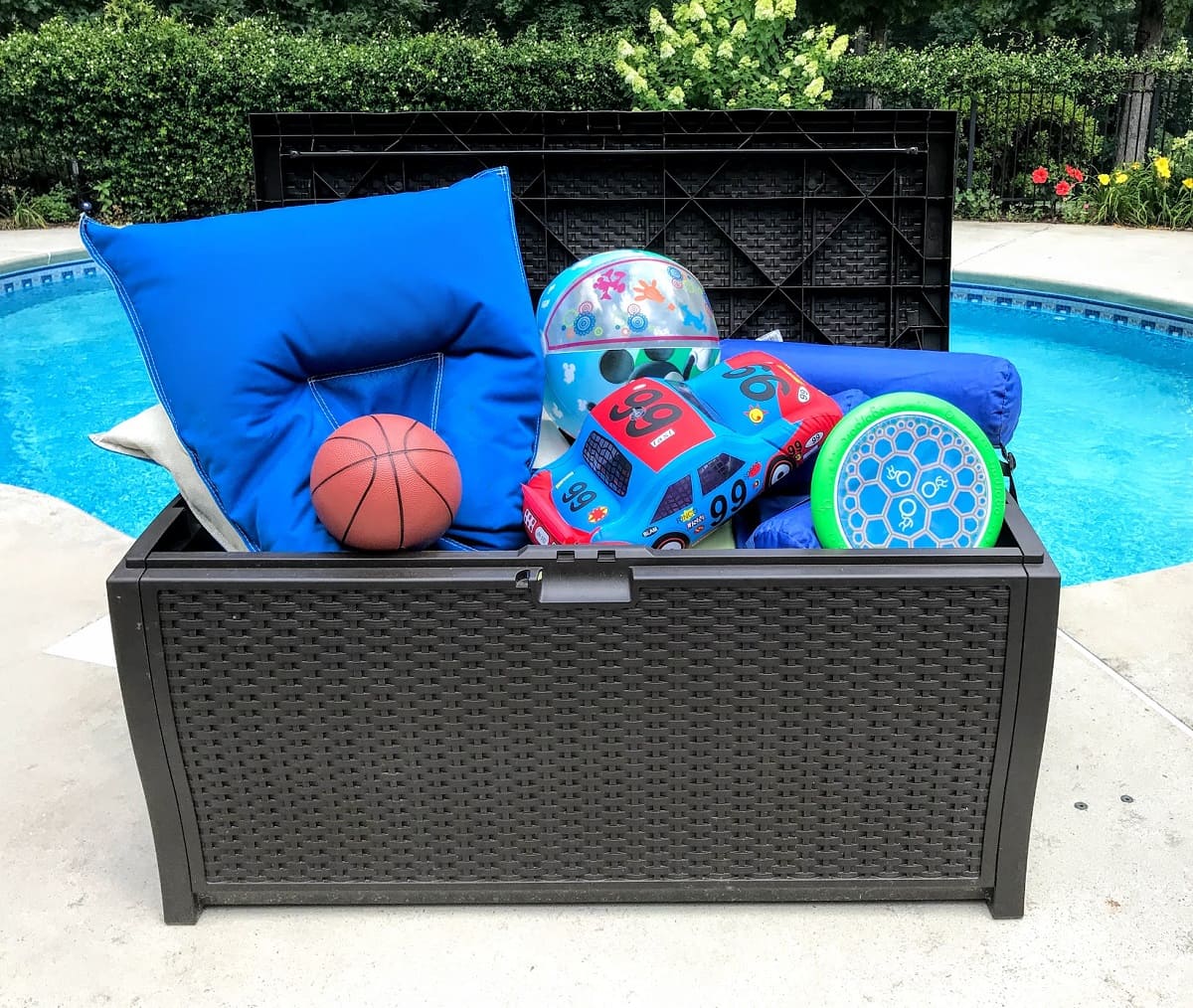
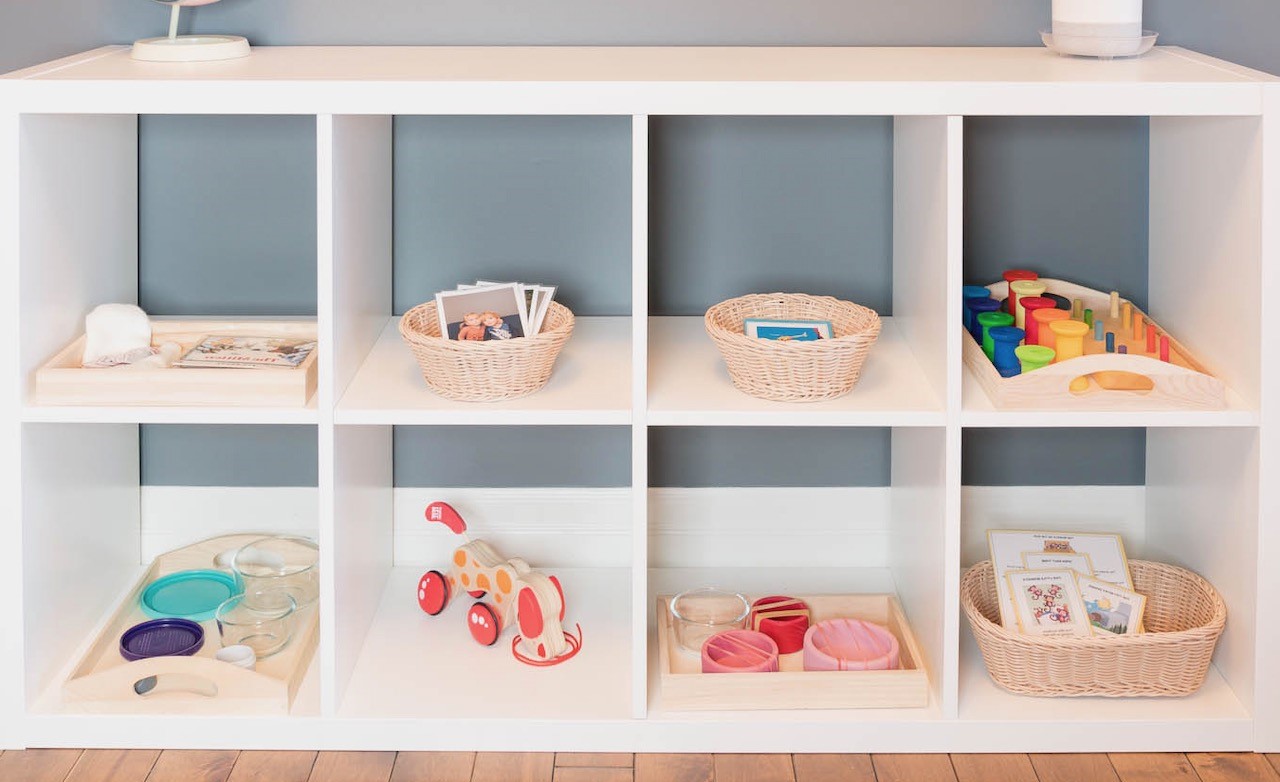
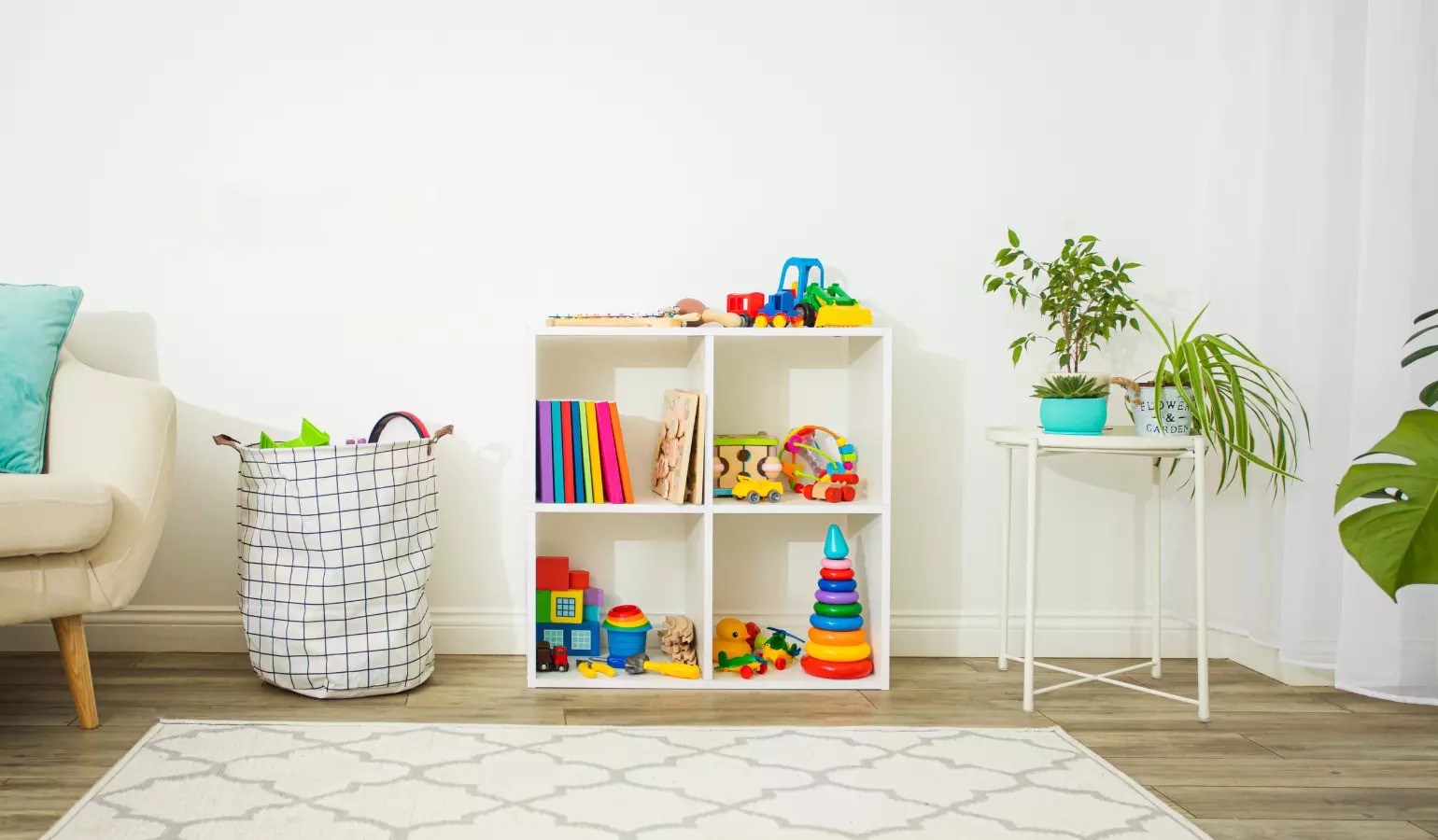
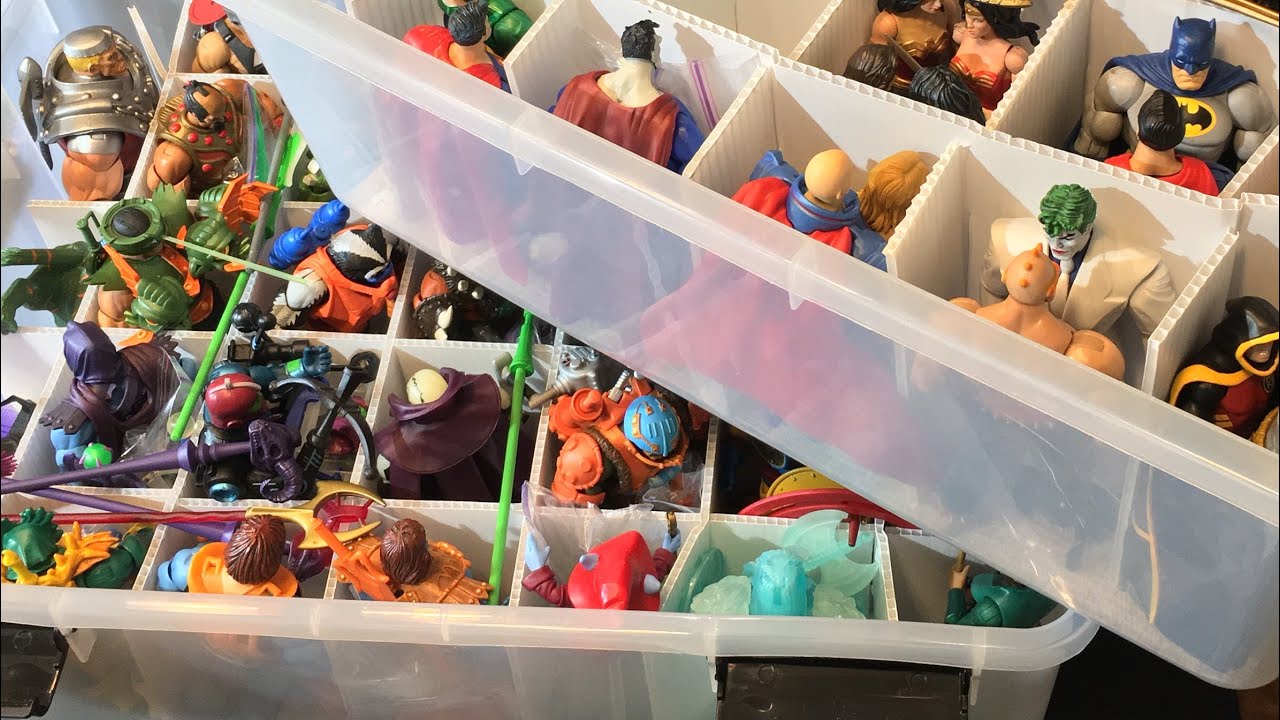
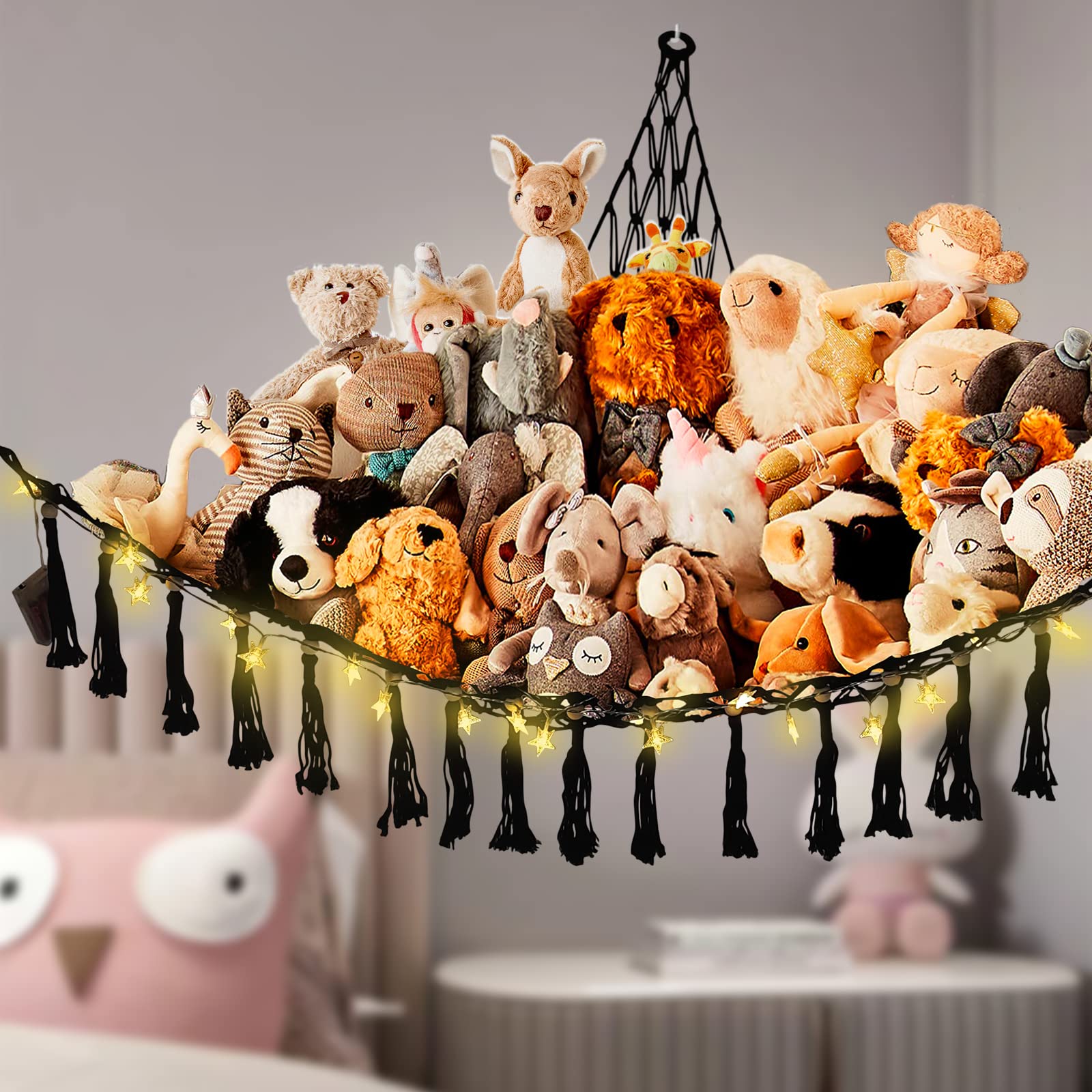
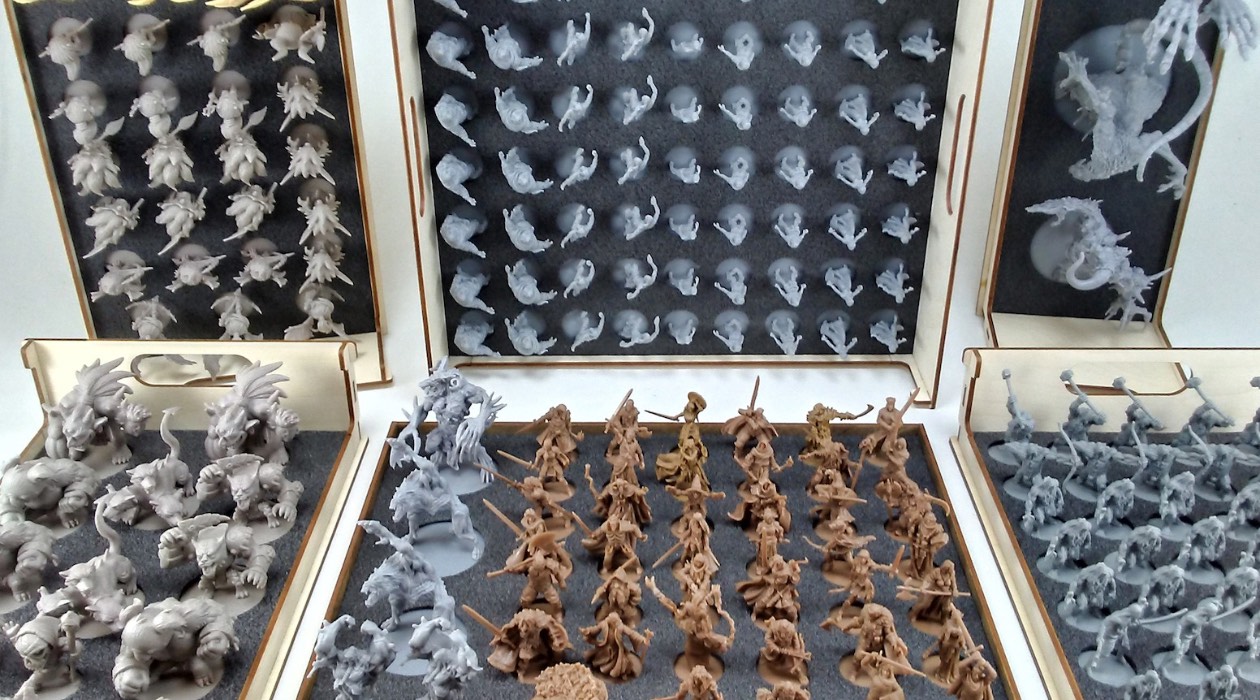
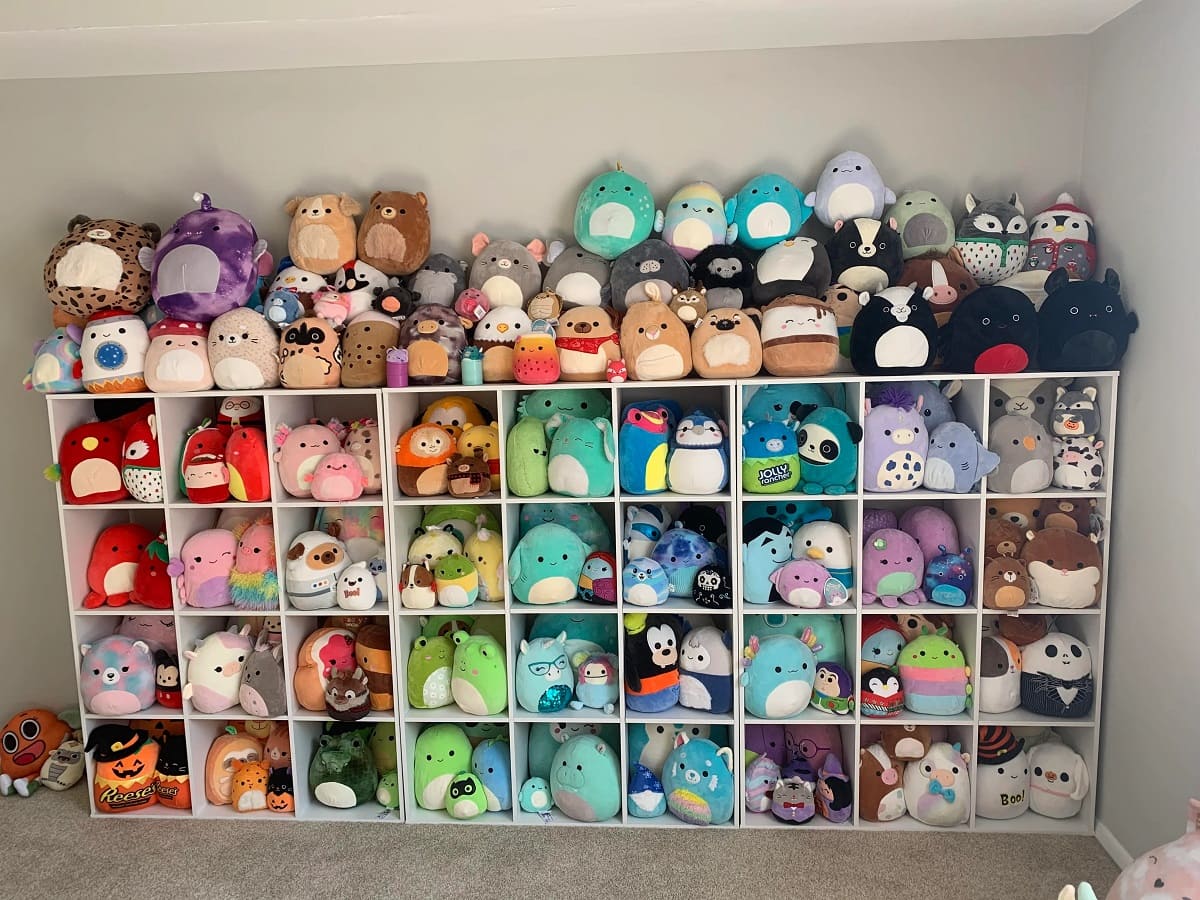
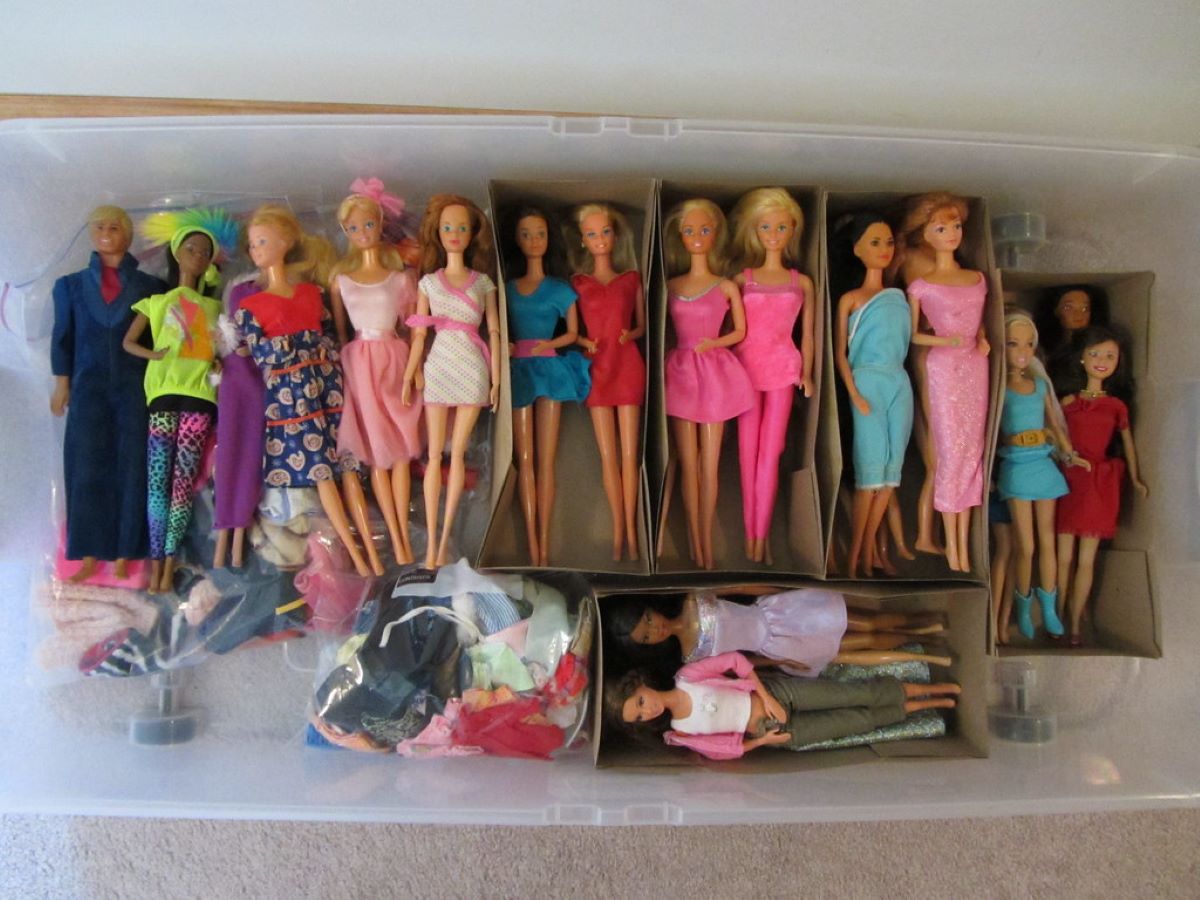
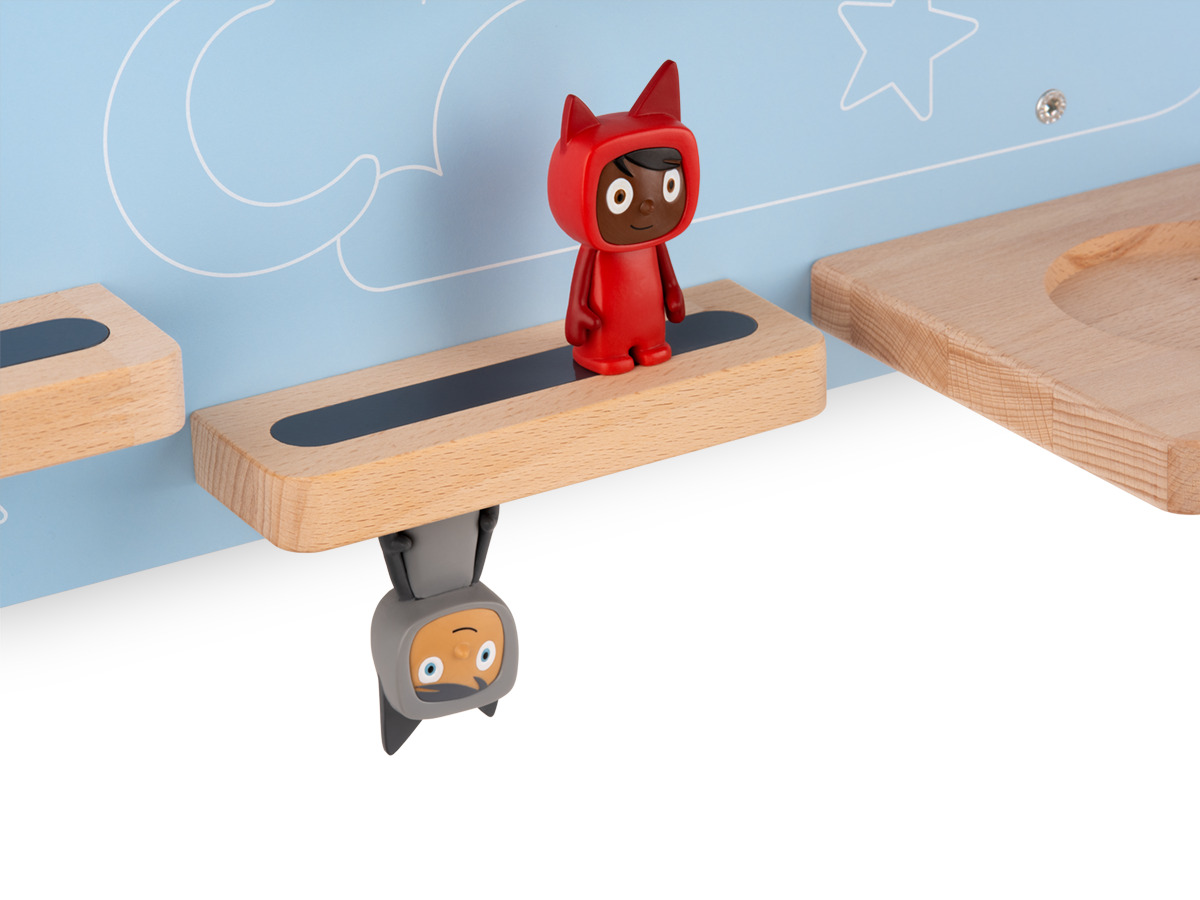
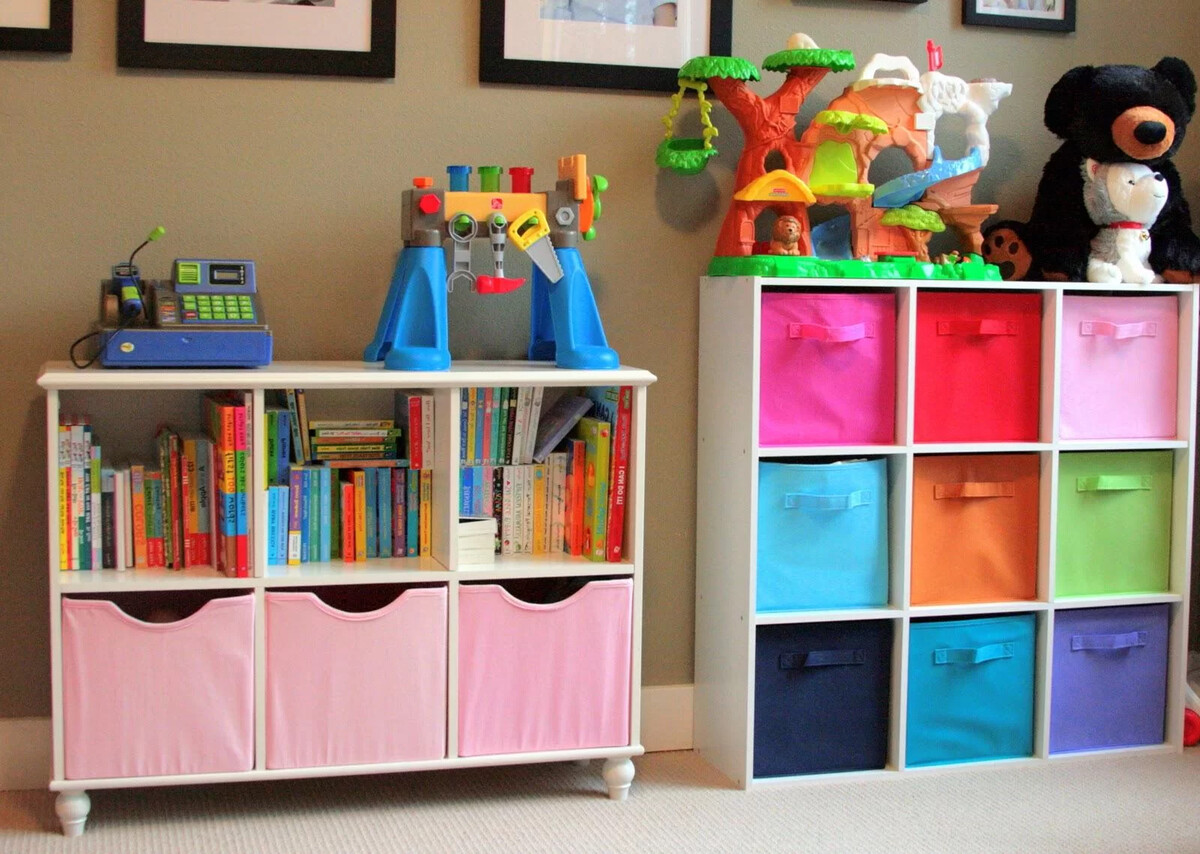
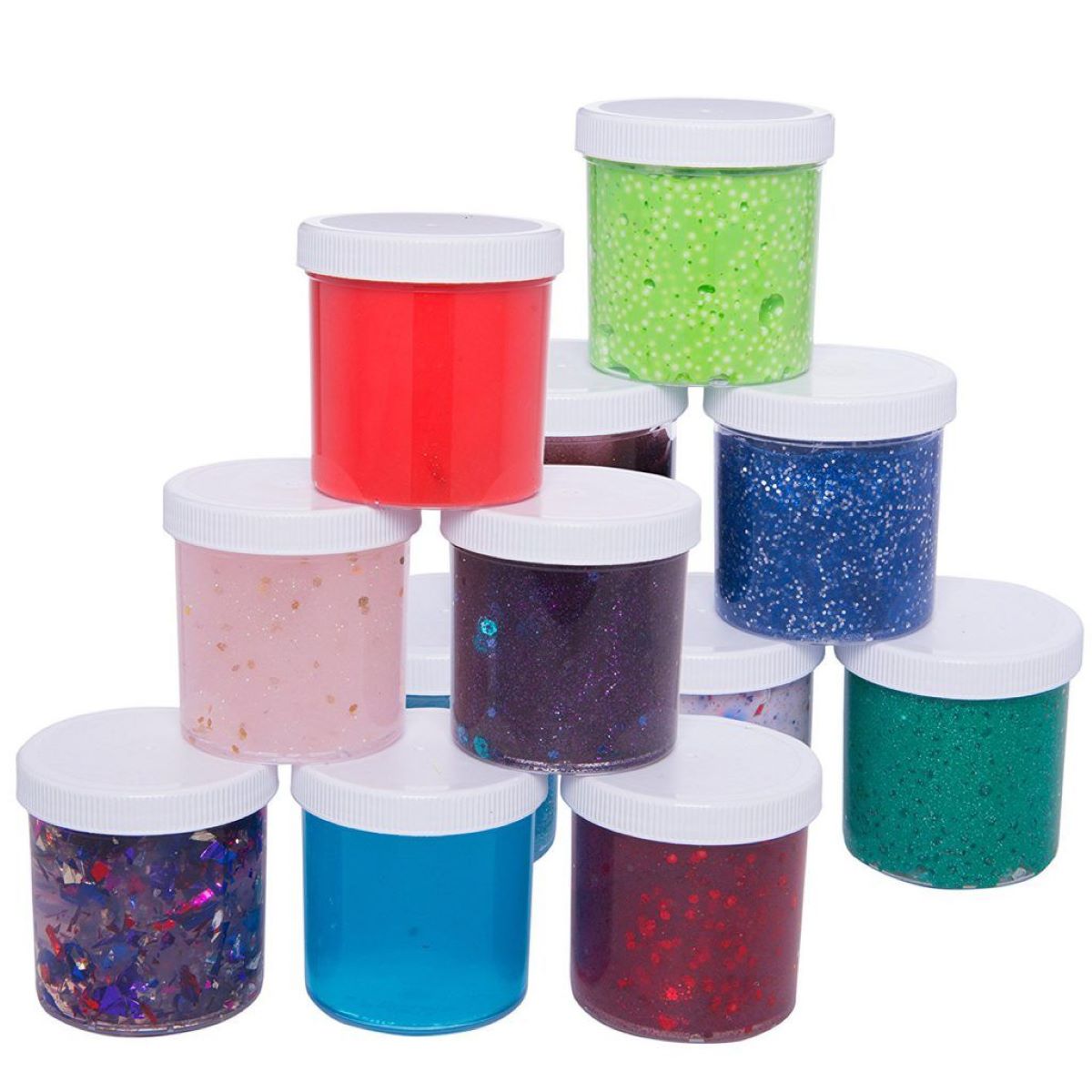
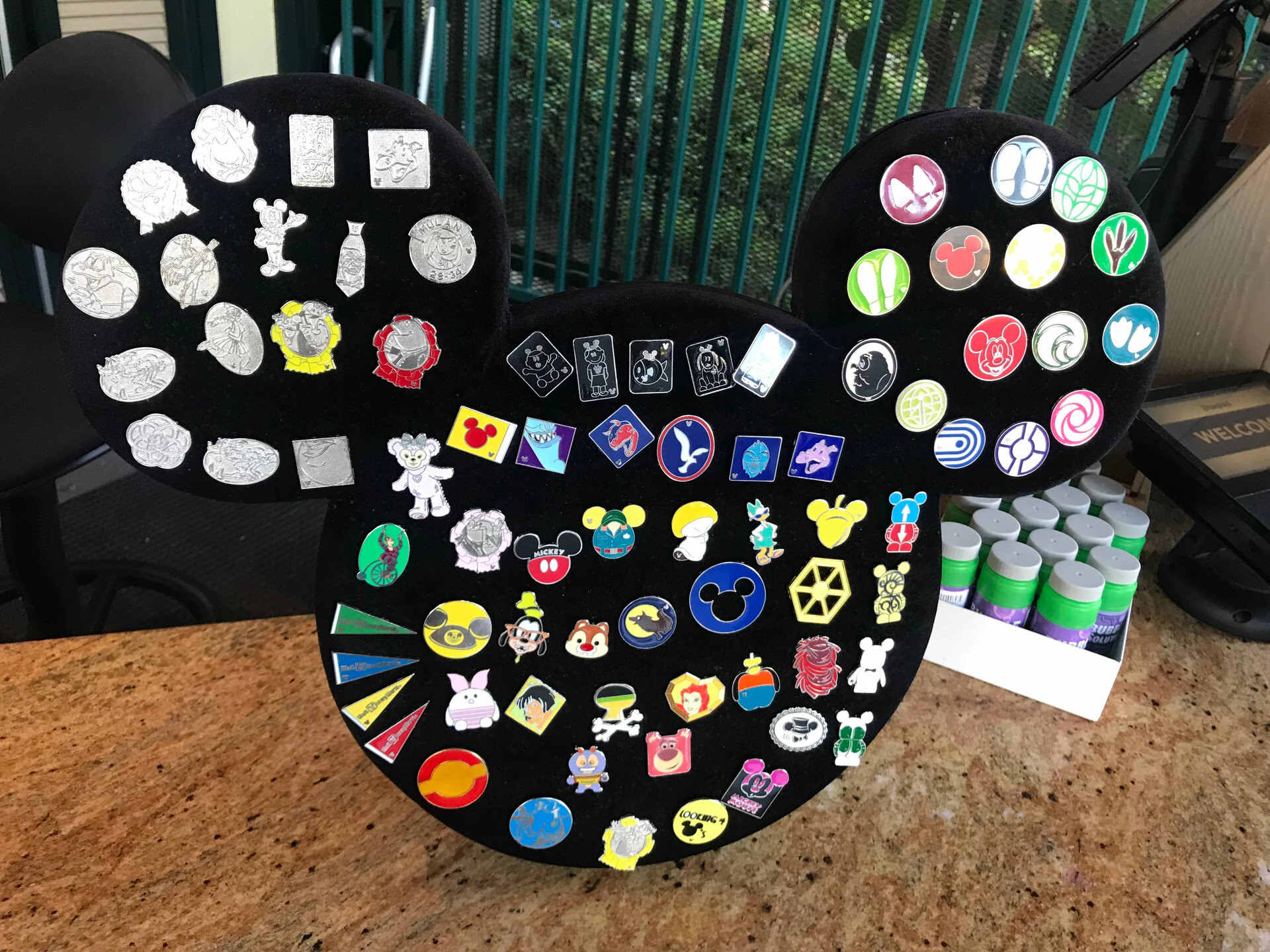
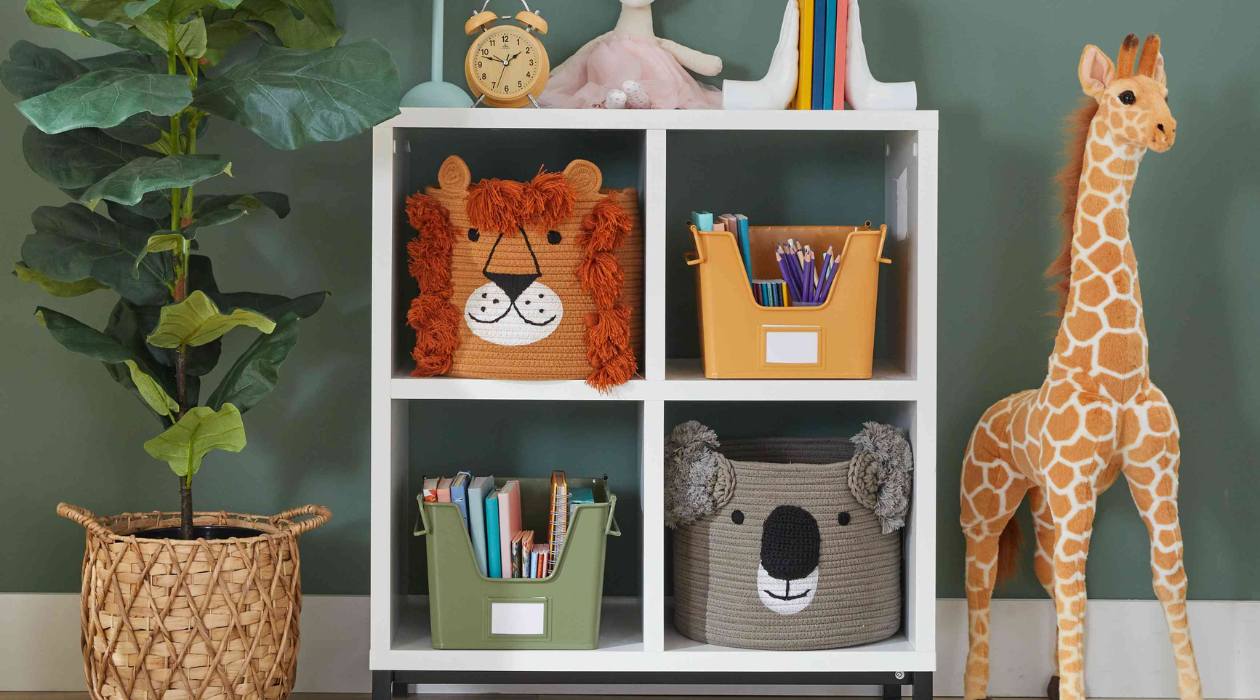

0 thoughts on “How To Store Toys”